Disclosure: This article contains affiliate links. We may earn a commission from purchases at no extra cost to you, which helps our travel content.
The first time I felt the warm Ecuadorian breeze against my face while standing on Manta's coastline, something profound shifted within me. Having spent years documenting traditional healing practices across South America, I found myself drawn to this vibrant coastal city not just for its pristine beaches, but for the deep connection between local communities and the ocean's healing energy. Manta isn't your typical tourist destination—it's a place where nature's medicine cabinet meets adventure, where families can bond over wildlife encounters while learning about conservation, and where the rhythms of the Pacific Ocean become a form of therapy themselves. After spending countless hours with local healers who incorporate marine elements into their practices, I'm thrilled to share this special corner of Ecuador with families seeking both adventure and meaning. Pack your curiosity alongside your sunscreen—Manta's waters hold stories and experiences that might just transform your family's perspective on nature, much like they transformed mine.
Whale Watching: Connecting with Ocean Giants
There's something almost mystical about witnessing your first humpback whale breach—a moment where time suspends as 40 tons of marine mammal launches skyward before crashing back into the Pacific in an explosion of white spray. For families visiting Manta between June and October, this isn't just a possibility—it's practically guaranteed.
During my third visit to Manta last winter, I brought along Paulo, my Brazilian partner, who'd never experienced whale watching before. We boarded a small tour boat operated by Aventuras Marítimas, a locally-owned company committed to responsible wildlife viewing practices. Our guide, Fernando, was not just a captain but a former fisherman whose grandfather had passed down generations of knowledge about the ocean's rhythms and the whales' migration patterns.
'The abuelos (grandparents) used to say the whales carry messages between worlds,' Fernando explained to the wide-eyed children on our boat. 'Their songs heal the waters.'
As if on cue, a mother and calf appeared just 50 meters from our vessel. The collective gasp from everyone aboard—adults and children alike—confirmed what I've always believed: connecting with these magnificent creatures awakens something primal within us. For nearly an hour, we watched the whales breach, spy-hop, and slap their massive pectoral fins against the water's surface.
What makes Manta's whale watching exceptional isn't just the reliable sightings but the educational component. Tour operators like Aventuras Marítimas collaborate with marine biologists who collect data during excursions, allowing families to participate in citizen science. Children can help record whale behaviors and learn about conservation challenges facing these magnificent animals.
Before booking your whale watching adventure, I recommend investing in a reliable waterproof camera to capture these once-in-a-lifetime moments without worrying about spray or splashes. The underwater capabilities will serve you well throughout your Manta adventures.
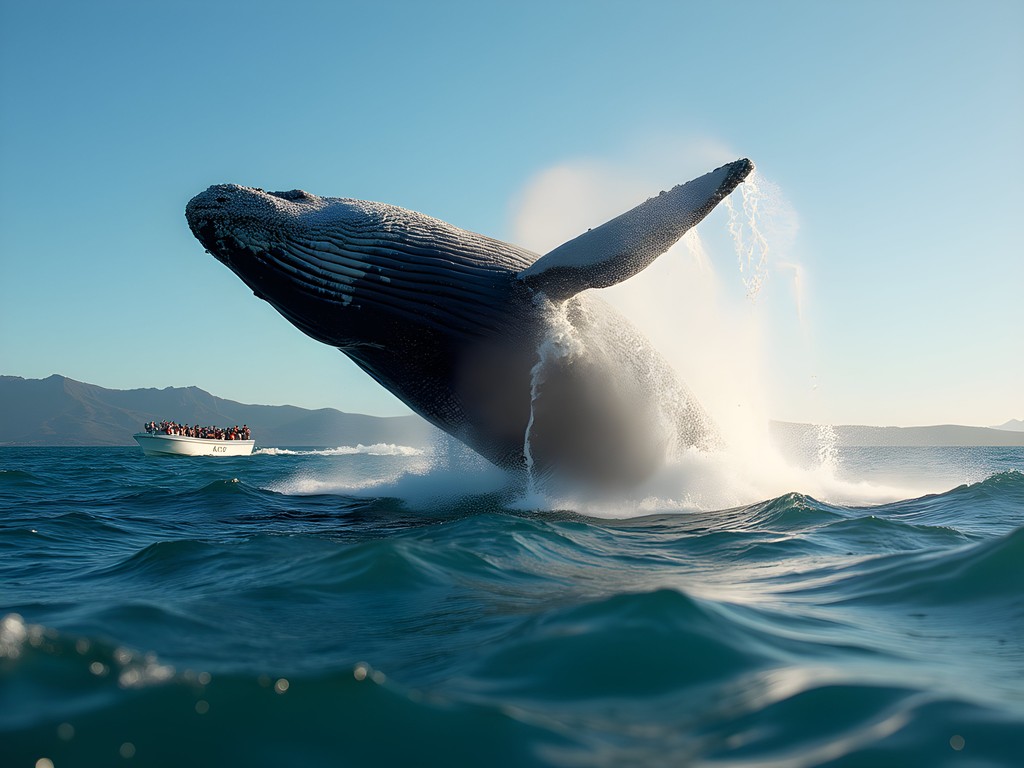
💡 Pro Tips
- Book morning tours when seas are typically calmer and better for families prone to motion sickness
- Bring binoculars for each family member to enhance the experience
- Wear layers as ocean breezes can be cool even on sunny days
Traditional Healing with Ocean Elements
My journey to Manta began years ago while researching traditional medicine practices that incorporate marine elements—a quest that stemmed from my own healing journey with plant medicine in Peru. What I discovered along Ecuador's coast was a rich tradition of oceanic healing that few tourists ever experience.
In the small fishing community of San Mateo, just outside Manta proper, I met Doña Esperanza, a curandera (traditional healer) in her seventies who has spent decades working with the ocean's healing properties. Her modest home, perched on a cliff overlooking the Pacific, serves as both residence and consultation space where locals and the occasional in-the-know visitor seek treatment.
'The ocean provides everything we need for health,' she told me during my first visit, her weathered hands sorting through shells, dried seaweeds, and small vials of extracted marine compounds. 'What modern medicine is only beginning to understand, our ancestors knew for centuries.'
Families visiting Manta can arrange special educational sessions with healers like Doña Esperanza, who now works with her granddaughter to preserve these traditions. During these demonstrations (arranged through the cultural center in downtown Manta), children can learn how certain seaweeds are used to treat skin conditions, how the application of specific clay mixed with ocean water helps joint pain, and how the rhythmic sounds of waves are incorporated into traditional sound healing.
What struck me most was how these healing traditions connect directly to conservation ethics. 'We take only what we need, and we always give thanks,' Doña Esperanza emphasized. 'This is how we teach the young ones to respect the ocean that sustains us.'
For families interested in bringing some ocean healing home, I recommend picking up a natural sea salt scrub from the women's cooperative in San Mateo. These products are sustainably produced using traditional methods, and proceeds support local families while preserving ancestral knowledge.

💡 Pro Tips
- Schedule healing demonstrations at least three days in advance through Manta's cultural center
- Bring a small, respectful offering when visiting traditional healers (fresh fruit is appropriate)
- Be prepared to remove shoes when entering healing spaces as a sign of respect
Family Snorkeling at Isla de la Plata
Often called the 'Poor Man's Galapagos,' Isla de la Plata sits just 25 miles offshore from Manta and offers families an accessible introduction to Ecuador's remarkable marine biodiversity without the hefty price tag of its more famous counterpart.
During my most recent visit, I joined a family of four from Canada on a day trip to the island. The parents had been concerned their children (ages 8 and 11) might be too young for meaningful snorkeling experiences—a concern that dissolved within minutes of entering the water at Drake Bay on the island's eastern shore.
'Mom! Blue fish! Hundreds of them!' the younger child exclaimed through his snorkel, voice muffled but excitement unmistakable as a school of blue-striped snappers enveloped us.
What makes Isla de la Plata ideal for families is the gradient of experiences available. Protected coves with calm, shallow waters provide safe spaces for beginners to practice snorkeling skills, while more adventurous families can venture to deeper sites where sea turtles, manta rays, and even the occasional whale shark make appearances during certain seasons.
Most tour operators provide basic snorkeling gear, but after years of traveling to marine destinations, I've found that having your own full-face snorkel mask makes a tremendous difference, especially for children or first-timers who might struggle with traditional masks and separate snorkels.
Beyond snorkeling, the island offers easy hiking trails where families can spot blue-footed boobies, frigatebirds, and other iconic species typically associated with the Galapagos. The combination of accessible marine and terrestrial wildlife viewing makes this a perfect educational adventure.
Most importantly, the experience provides families an opportunity to discuss marine conservation in a tangible context. When children see how plastic waste affects the very creatures they've just fallen in love with underwater, the message resonates in ways no classroom lesson could achieve.

💡 Pro Tips
- Apply reef-safe sunscreen 30 minutes before entering the water to protect both skin and coral
- Pack motion sickness remedies for the boat journey, especially for children
- Bring underwater identification cards to help children identify fish species
Mangrove Kayaking: Exploring Coastal Ecosystems
The true heart of Manta's ecological significance isn't found along its popular beaches but within the intricate mangrove ecosystems that line portions of the coast just south of the city. These twisted, salt-tolerant forests serve as nature's nurseries—critical habitat for countless marine species and natural barriers protecting coastlines from erosion and storm surges.
At Pacoche Marine Wildlife Refuge, about 30 minutes from downtown Manta, families can explore these remarkable ecosystems via guided kayak tours that wind through narrow channels between the mangrove roots. Unlike motorized boats that disturb wildlife, kayaks allow for silent observation of the rich biodiversity these areas support.
During my exploration with local guide Mateo, whose family has fished these waters for generations, we paddled in comfortable tandem kayaks that allowed even the youngest members of our group (a family with children as young as six) to participate without exhaustion.
'Watch how the roots breathe,' Mateo whispered, pointing to the exposed pneumatophores rising from the brackish water like tiny snorkels. 'Mangroves are the lungs of our coastal system.'
As we navigated deeper into the mangrove channels, the ecosystem revealed itself layer by layer: juvenile fish darting among the protective roots, herons stalking the shallows with prehistoric patience, and startlingly blue land crabs scuttling up and down the trunks with surprising agility.
The educational value of these tours extends beyond wildlife spotting. Guides like Mateo explain how local communities are working to restore mangrove forests lost to previous development, the traditional sustainable fishing practices that depend on healthy mangroves, and the critical carbon sequestration these ecosystems provide—storing up to four times more carbon than rainforests of equivalent size.
For this adventure, I strongly recommend bringing a dry bag to protect cameras and phones while still allowing for wildlife photography opportunities. The 10-liter size is perfect for family day trips and has proven itself invaluable during unexpected rain showers or splashy paddle moments.
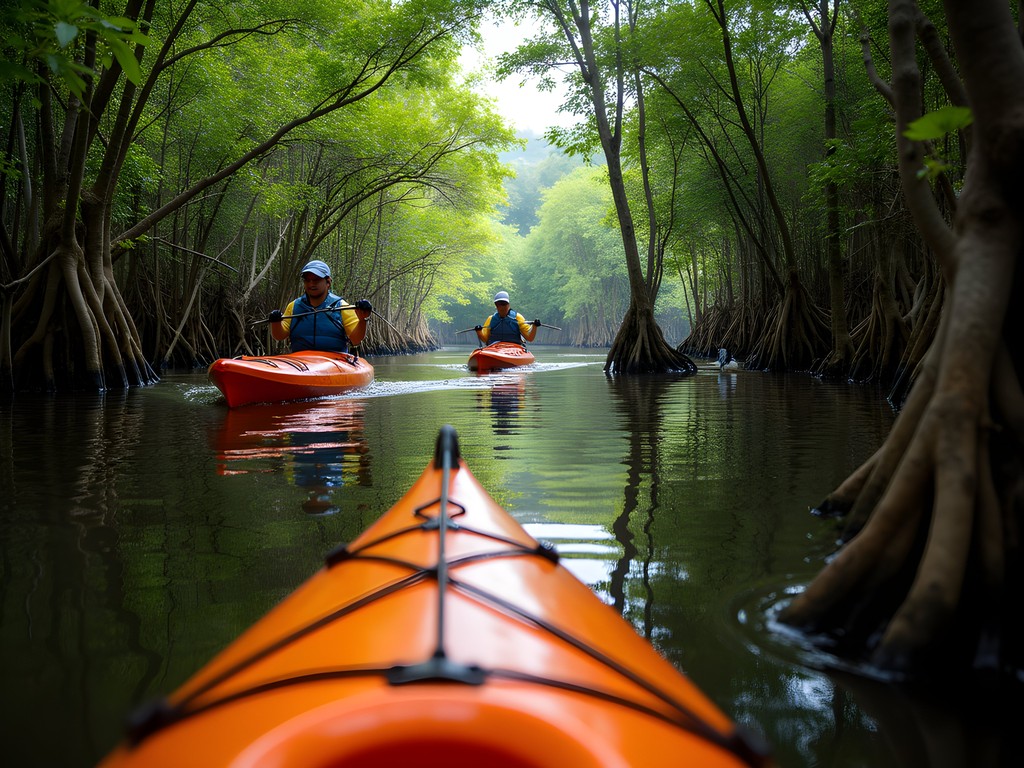
💡 Pro Tips
- Book early morning tours when wildlife is most active and temperatures are cooler
- Wear closed-toe water shoes to protect feet during launching and potential mangrove exploration
- Bring binoculars in waterproof cases to spot birds hiding among the dense mangrove canopy
Sustainable Fishing Experience with Local Families
Perhaps the most meaningful experience I've had in Manta—one that beautifully bridges cultural exchange, traditional knowledge, and marine conservation—is participating in sustainable fishing practices alongside local fishing families. This isn't a staged tourist experience but a genuine cultural immersion that the Asociación de Pescadores Artesanales has thoughtfully opened to visitors wanting deeper connection with coastal traditions.
In the pre-dawn darkness, I joined the Mendoza family aboard their modest wooden boat, or 'panga,' equipped with hand lines and traditional fishing methods that have sustained coastal communities for generations. What struck me immediately was how the entire family participated—from grandfather to grandchildren—each with specific roles that collectively represented a complete knowledge system.
'My daughter learns to read the birds,' explained Carlos Mendoza, pointing to his 10-year-old who was intently watching seabird behavior to locate fish schools. 'My son understands the currents. These things cannot be learned from books.'
As the sun rose over the Pacific, painting the water in shades of gold and pink, we used hand lines rather than commercial nets—a method that allows for selective harvesting and immediate release of juvenile fish or unwanted species. The children excitedly explained to me how they can feel exactly what type of fish has taken the hook based on the distinctive tug and movement pattern.
What makes this experience particularly valuable for visiting families is the natural exchange between children. Local kids proudly demonstrate their knowledge of marine species, fishing techniques, and ocean safety, while visiting children offer fresh perspectives and questions that often spark meaningful conversations about ocean conservation across cultural boundaries.
The morning concludes with a beach-side cooking demonstration where the catch is prepared using traditional methods. Families learn how every part of the fish is utilized—nothing wasted—and how simple, fresh ingredients transform the morning's harvest into a memorable meal shared between new friends.
To fully participate in the fishing experience, I recommend bringing a polarized sunglasses to cut glare and better spot fish movements beneath the surface—a tip Carlos shared with me on my first outing that has improved every subsequent fishing and marine wildlife viewing experience.
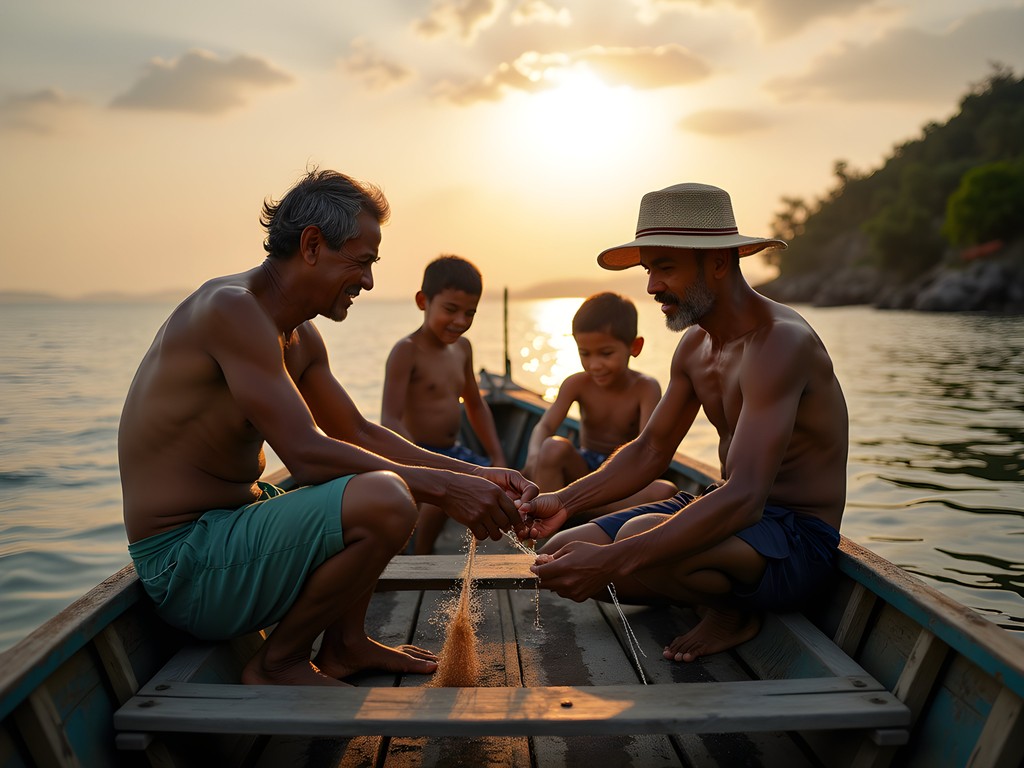
💡 Pro Tips
- Book this experience at least one week in advance as the association limits participants to ensure authentic interactions
- Prepare for an early start (typically 5:00 AM) to align with traditional fishing schedules
- Bring a small gift for the host family—school supplies for children are especially appreciated
Final Thoughts
As I sit writing this from my apartment in Rio, the Manta sea breeze still feels present in my memory—carrying with it the laughter of children spotting their first whale, the wisdom of Doña Esperanza's weathered hands working with ocean elements, and the profound lessons of sustainability taught by fishing families who have lived in harmony with these waters for generations. Manta offers families something increasingly rare in our digital age: authentic connection—to nature, to traditional knowledge, and to each other through shared discovery. The ocean here isn't just a playground but a teacher, healer, and provider whose lessons resonate long after you've returned home. When you visit, come with open hearts and curious minds. Allow yourselves to be transformed by Ecuador's coastal magic, just as I continue to be with each return. The greatest souvenirs won't be the shells collected or photos captured, but the new perspectives your family gains on our relationship with the natural world. Isn't that the true gift of meaningful travel?
✨ Key Takeaways
- Manta offers accessible marine adventures that combine education with conservation awareness
- Traditional healing knowledge and sustainable practices are being preserved by local communities willing to share their wisdom
- Family-friendly activities create meaningful connections between generations and cultures
- Winter visits provide optimal conditions for whale watching and most water activities
📋 Practical Information
Best Time to Visit
June through October (Ecuadorian winter) for whale watching and calmest seas
Budget Estimate
$100-150 per day for a family of four, including accommodations, activities and meals
Recommended Duration
5-7 days to experience multiple marine activities without rushing
Difficulty Level
Moderate - Some Activities Require Basic Swimming Skills And Early Morning Starts

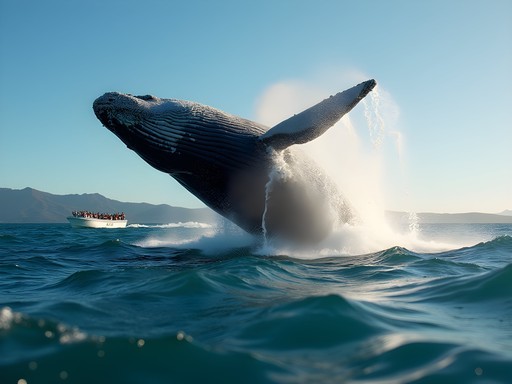
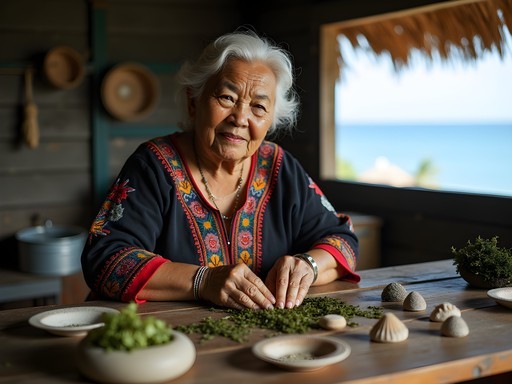
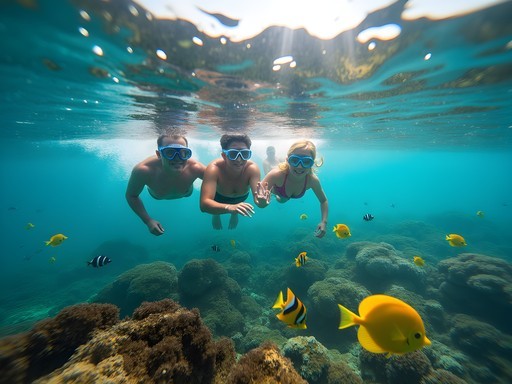
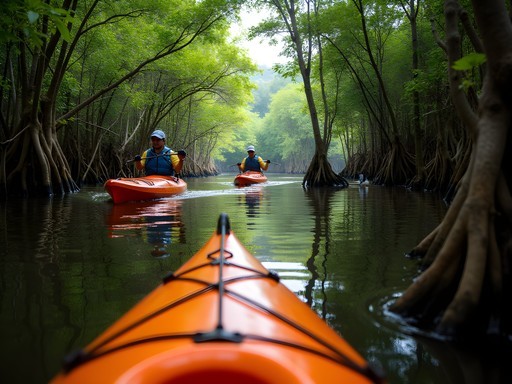



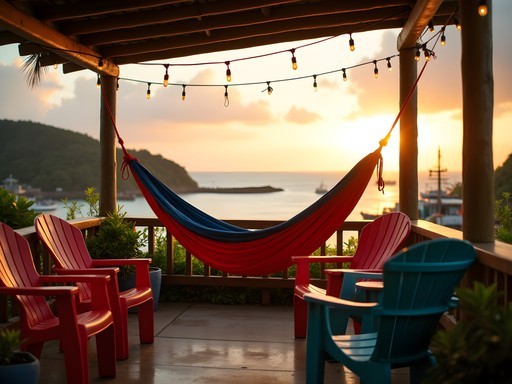

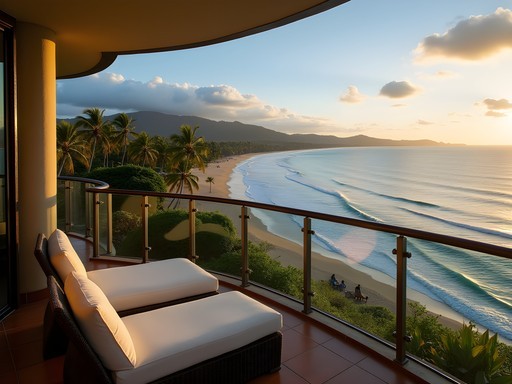




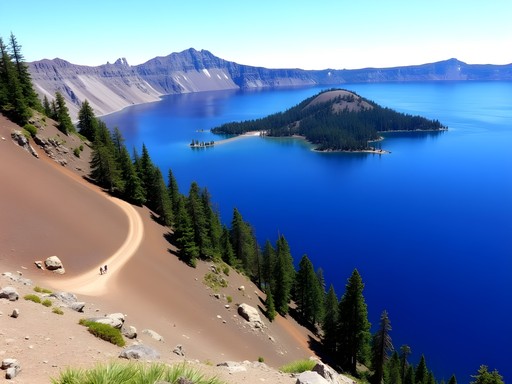
Comments
coffeevibes
Your section on mangrove kayaking convinced me to try it when I visited last month! Such an underrated activity - we saw so many birds and even spotted some baby crabs climbing through the roots. The guide explained so much about the ecosystem that I would've completely missed on my own. For anyone going, bring a waterproof bag for your camera - the splashing is real!
beachmaster
How rough are the waters for the whale watching tours? I get seasick easily but really want to see the humpbacks!
greengal
Not Lucy but I did whale watching there in 2024. The waters were pretty calm in the morning tours. Take dramamine just in case!
AdventureFamily
Just got back from Manta last week and your post is bringing back all the feels! We did the mangrove kayaking with our teenagers and it was the highlight of our trip. Our guide Jorge pointed out so many birds we would have missed. For the whale watching, we used waterproof binoculars which were perfect for spotting the humpbacks before they breached. The traditional healing section of your post inspired us to try a beach meditation session - surprisingly, our usually-restless 15-year-old said it was his favorite memory from Ecuador!
Ana Robinson
Lucy, your post brought back so many memories! We visited Manta with our kids (8 and 10) last summer, and the Isla de la Plata snorkeling was the highlight of our Ecuador trip. My daughter still talks about the blue-footed boobies! One tip for families heading there: bring your own snorkel gear if possible. We brought our kids snorkel set which was perfect as the rental options were limited for smaller faces. The mangrove kayaking was magical too - we saw so many birds and even a few small monkeys in the trees. Did you try the ceviche at the local market? That was another highlight for us!
skyninja
Just booked my tickets to Ecuador for November after reading this! Can't wait to try that traditional healing experience - sounds amazing. Anyone know if November is still good for wildlife?
Nicole Russell
November is great for birds and marine life, but whale season will be over. Still totally worth it though! The mangroves are amazing year-round.
BackpackerDude
Just got back from Manta last week! Pro tip: the local buses to the mangroves are super cheap and run every 30 mins. Way better than expensive taxis.
sunnymood
Thanks for the bus tip! Are they easy to figure out for non-Spanish speakers?
BackpackerDude
Yep! Just show the driver where you want to go on your phone. They'll tell you when to get off. Super friendly people!
tripseeker
When's the best time to see whales in Manta? Planning a trip with my partner and that would be the highlight!
bluebackpacker
Is it safe for a solo female traveler to visit Manta? And what's the best way to get from Quito to Manta? Bus? Flight? Thanks in advance!
Ana Robinson
I traveled solo in Manta last year and felt very safe! There are direct flights from Quito (about 45 minutes) or you can take a bus (6-7 hours but much cheaper). I'd recommend the flight if your budget allows - gives you more time to enjoy the coast!
bluebackpacker
Thanks Ana! Flight it is then. Did you stay in hostels or hotels?
Nicole Russell
Lucy! This post couldn't have come at a better time. I'm planning my Ecuador trip for next spring and wasn't sure about including Manta, but you've totally convinced me! The whale watching experience sounds absolutely magical. Did you book with a specific company? I'm particularly interested in the traditional healing practices you mentioned - that's right up my alley! Would love to hear more about that experience specifically.
wanderlustchamp
I'm curious about the healing practices too! My grandmother is from Ecuador and always talks about ocean healing rituals.
greengal
Those whale watching photos are incredible! Adding Manta to my bucket list right now.
Venture X
Premium card with 2X miles, $300 travel credit, Priority Pass